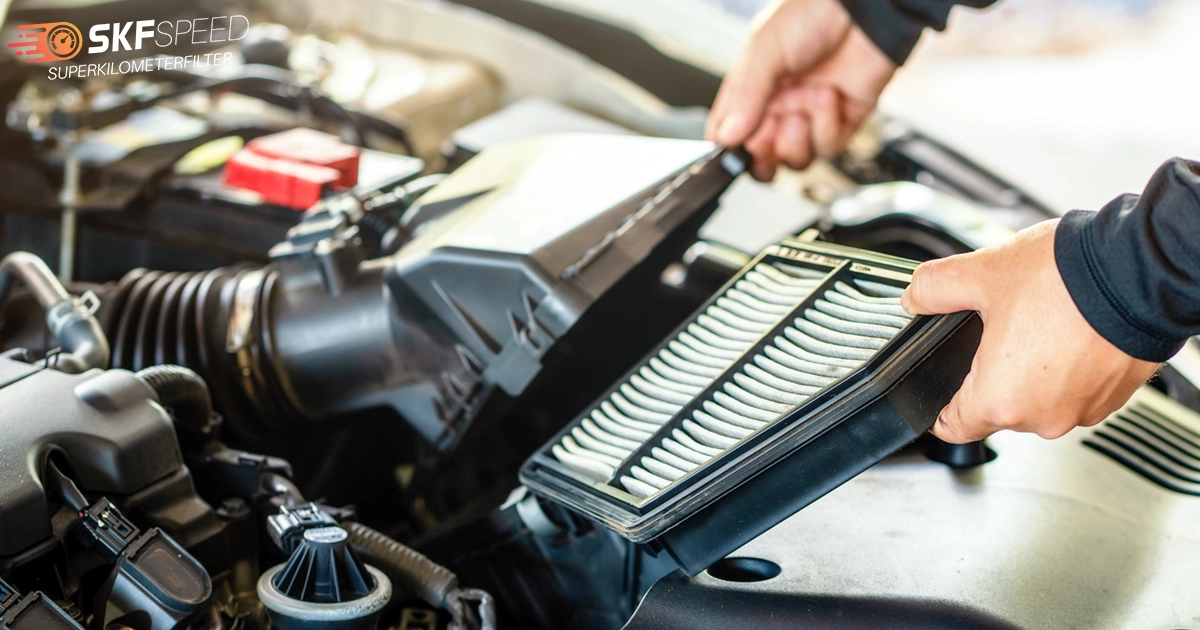
One of the most overlooked aspects of maintaining your car is to change engine air filters. We, as drivers, mostly focus on oil changes or tire rotations. However, a dirty air filter is not less significant and, in fact, can hugely affect our vehicle’s performance and fuel efficiency. This is why you need to know exactly when and how often your vehicle requires changing air filters.
In this blog, we will break down everything about engine air filters, from their importance to how to change them on your own. This information will help you improve your car’s overall performance.
The air filter in your vehicle acts as a crucial protective barrier. It helps the car run smoothly. How does it do that? The filter keeps the engine from debris and dirt that can damage it over time. If an automobile gets clogged with debris, this will cause restricted airflow that eventually reduces engine performance and fuel economy.
What will happen when you change the engine air filters? By replacing filters, you will avoid various complex issues, such as:
Most drivers don’t realize that before starting to analyze their decline in performance, they need to change the engine air filters. If your engine air filter doesn’t work properly, it may cause several expensive damages to your vehicle.
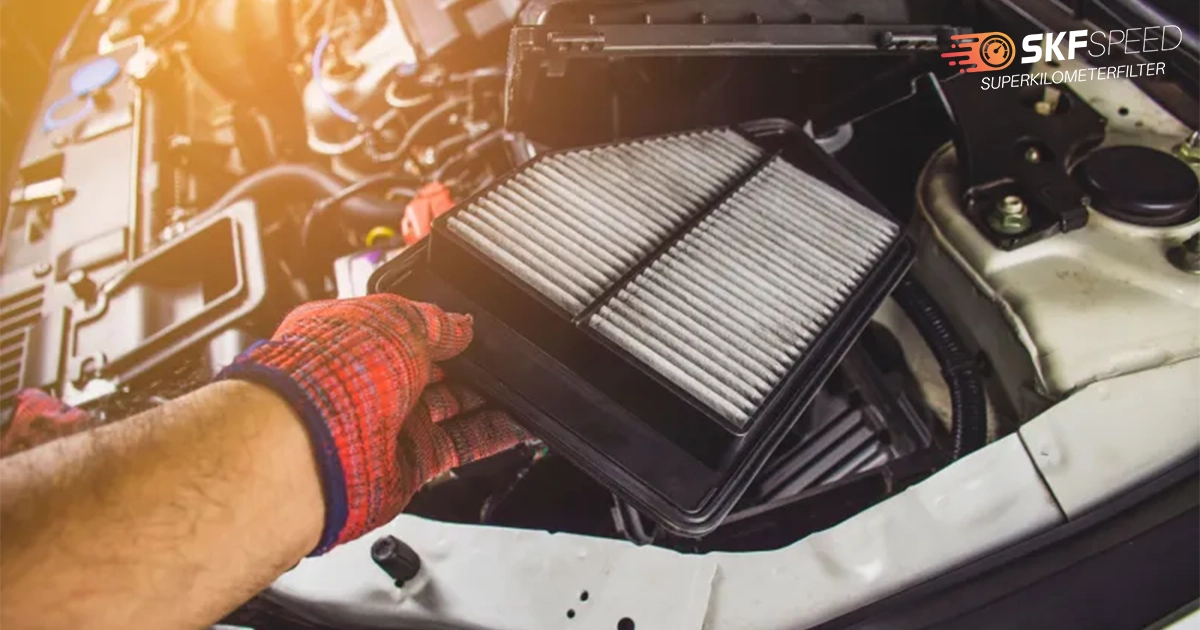
Most auto manufacturers recommend replacing the engine air filters every 15,000 miles. However, based on various factors, the range can vary between 15,000 to 30,000 miles. Here are the major circumstances that affect the interval periods.
In normal conditions, you will change engine air filters every 15,000 miles. But if you usually drive in harsh weather conditions, you may need to replace the filter after every 5,000 to 10,000 miles.
As we have seen, air filters play a crucial role in vehicle performance. Imagine how much damage you can make to your auto if you don’t know exactly when it requires replacement. Here are some common signs that indicate when to change engine air filters:
Remember, these signs don’t automatically mean that your car needs changing air filters. To avoid any damage to the engine, you need to double-check that those issues aren’t triggered by the air filters.
If you’re familiar with basic car maintenance, changing the engine air filter will be an easy DIY task for you. Follow this straightforward, step-by-step guide:
Step 1: Turn off your vehicle and allow it to cool. This is an improvement part that ensures the safety of the whole process.
Step 2: Open the hood of your vehicle and locate the air filter box. In most car models, it is usually a black plastic case near the engine.
Step 3: Unclip or unscrew the casing to access the filter.
Step 4: Remove the old filter and check if it is clogged or filled with dust. This small investigation may reveal what caused the air filter to malfunction.
Step 5: Install the new filter and ensure it’s positioned the same way as the previous one.
Step 6: Secure the casing by closing it and ensuring it’s tightly fastened.
Ignoring your air filter can lead to more than just lower performance. Here’s what you risk:
Neglecting to change engine air filters may seem minor, but the consequences can be severe. The modest cost of regular replacement represents one of the highest-value maintenance activities for preserving your vehicle’s performance and longevity.
You should change your engine air filter every 15,000 to 30,000 miles, depending on your driving conditions and vehicle type. If you drive in dusty areas, experience frequent stop-and-go traffic, or own a diesel-powered car, you may need to replace it sooner. Always check your owner’s manual for the recommended interval, but inspecting the filter during every oil change is a smart habit to keep your engine running efficiently.
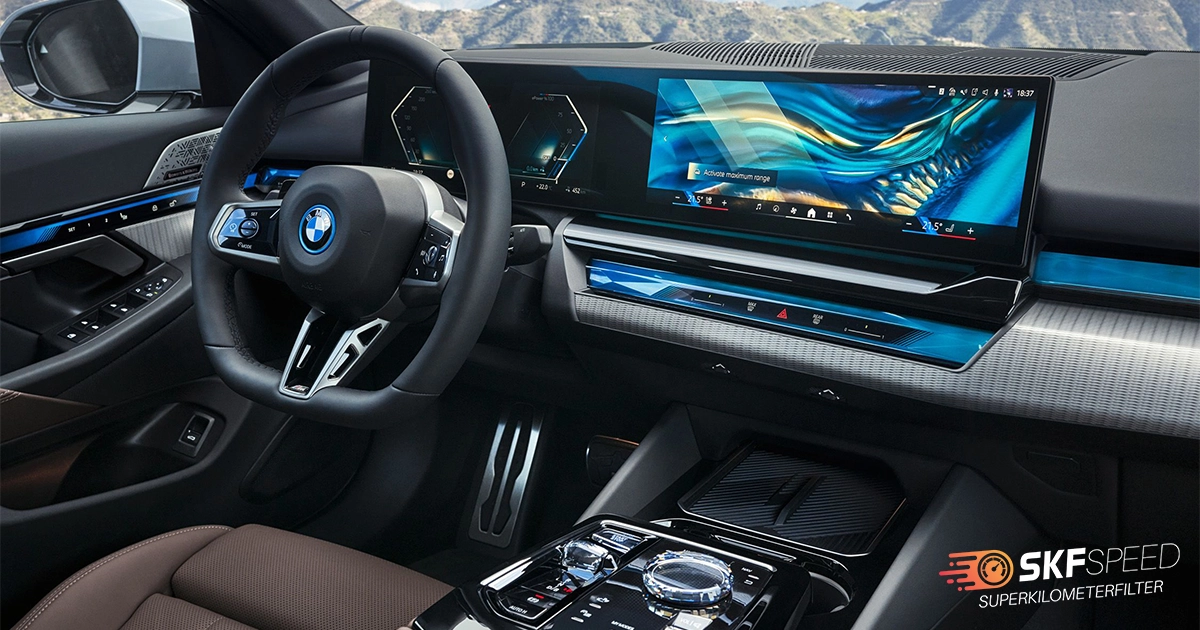
A mileage blocker is a device that stops mileage recording in a car. This device doesn’t store the mileage data in any control units and makes the actual mileage completely untraceable. The blocker is designed to help car professionals in vehicle testing and tuning. This was the initial purpose of developing this tool, and it is legal to use the tool ethically for testing.
However, despite the initial goal and warnings, people utilize these devices unethically on public roads. Such actions are forbidden and may have legal consequences. But, because of the efficiency of the device and its quality, some people risk using them on public roads. Please always check the local laws and guidelines and use the device only in an ethical way.
Imagine having automotive testing technology so sophisticated that it leaves absolutely no digital footprint. Sounds perfect, right? That’s exactly what the SKF mileage blocker delivers. It gives unparalleled stealth that prevents mileage data from being recorded in any vehicle control unit. Unlike other alternatives, this device stays completely untraceable to diagnostic equipment and scanning tools.
Are you worried about finding a professional to install it? Forget about it! Even if you’ve never popped the hood before, clear installation instructions make setup easy without any need for a mechanic’s expertise. And even more, the premium quality of the device guarantees that it works flawlessly in extreme weather circumstances.
Don’t forget a dedicated mobile application that transforms your smartphone into a command center. It will allow you to adjust modules, monitor real-time data, and customize testing parameters with just a few taps. This revolutionary tool is available, and you can purchase the mileage blocker now directly from the official SKF website.
If you have any questions, don’t hesitate to contact the customer service department or take a look at our support page for additional information.
Change engine air filter regularly to ensure your vehicle runs at its best. A clean filter improves engine performance, enhances fuel efficiency, and prevents long-term damage. Depending on your driving conditions, it’s generally recommended to replace the air filter every 15,000 to 30,000 miles. Pay attention to signs like poor fuel efficiency, strange engine sounds, or the check engine light, as these could indicate a dirty filter. Consider that ignoring this simple maintenance can lead to engine wear, reduced acceleration, and higher fuel consumption. By replacing the filter on time, you’ll keep your engine running smoothly and save on costly repairs.
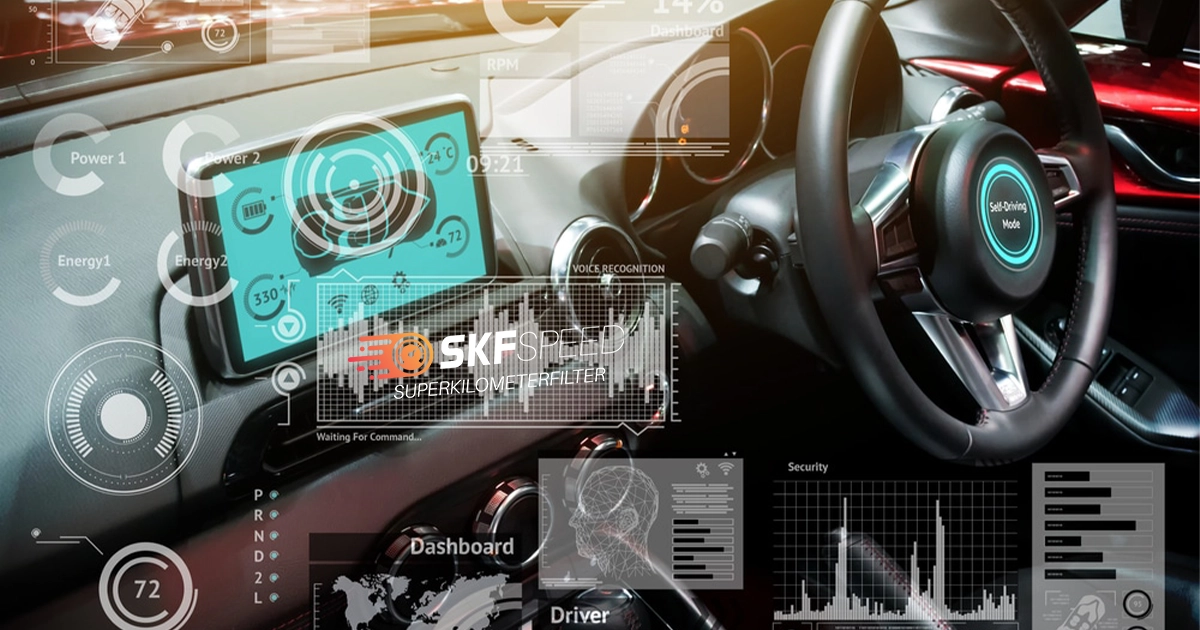
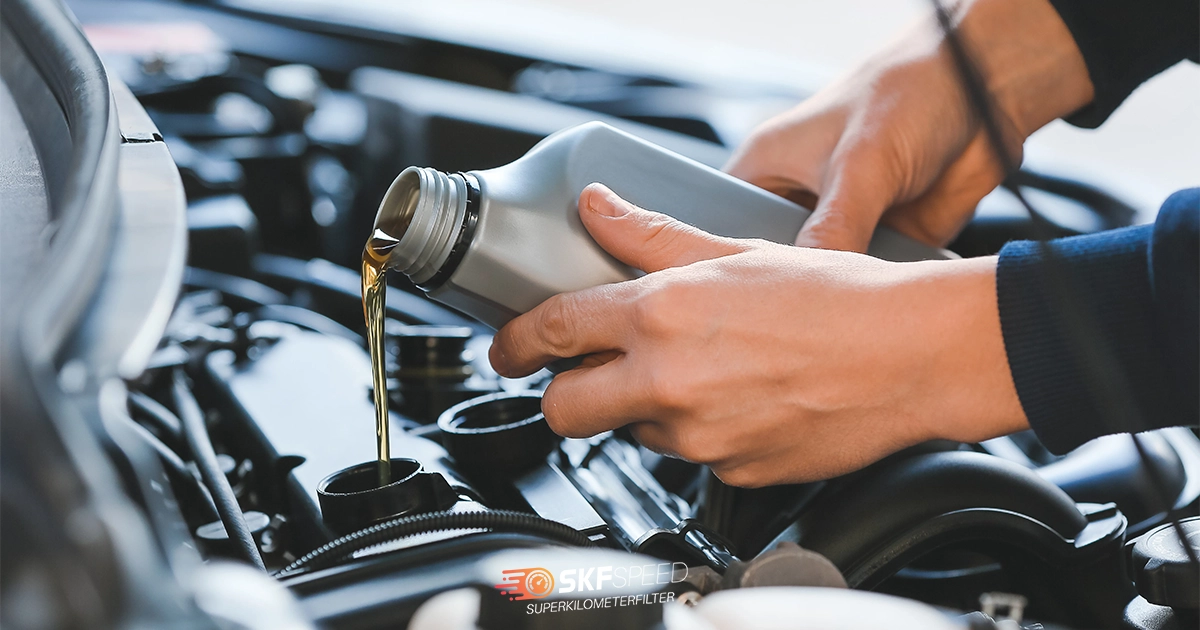
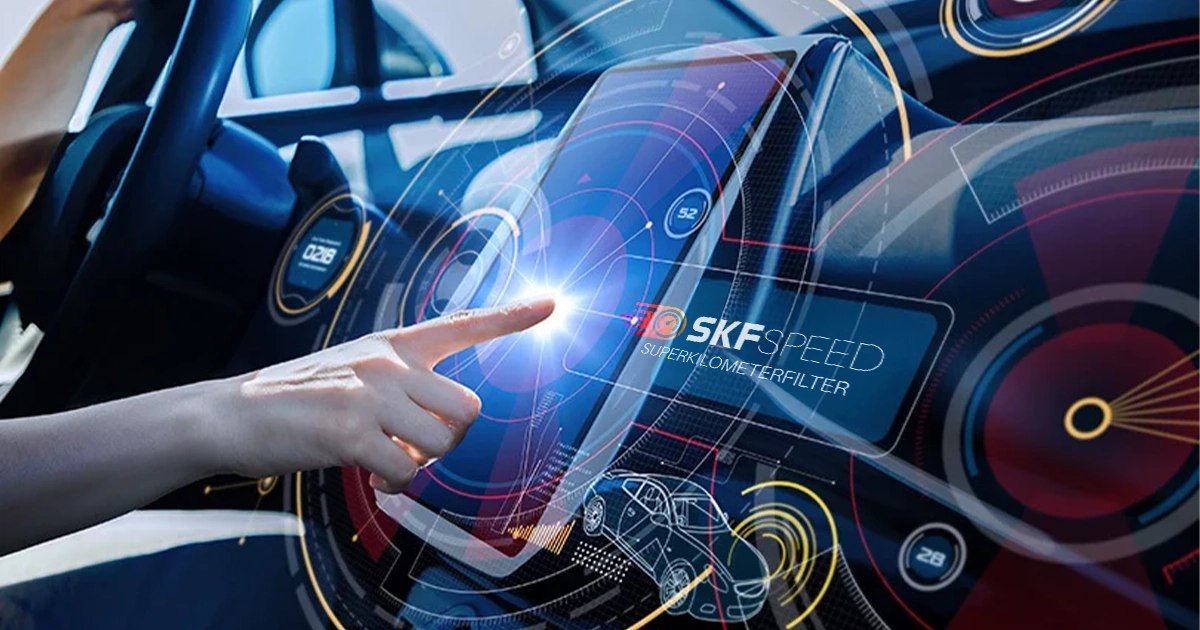
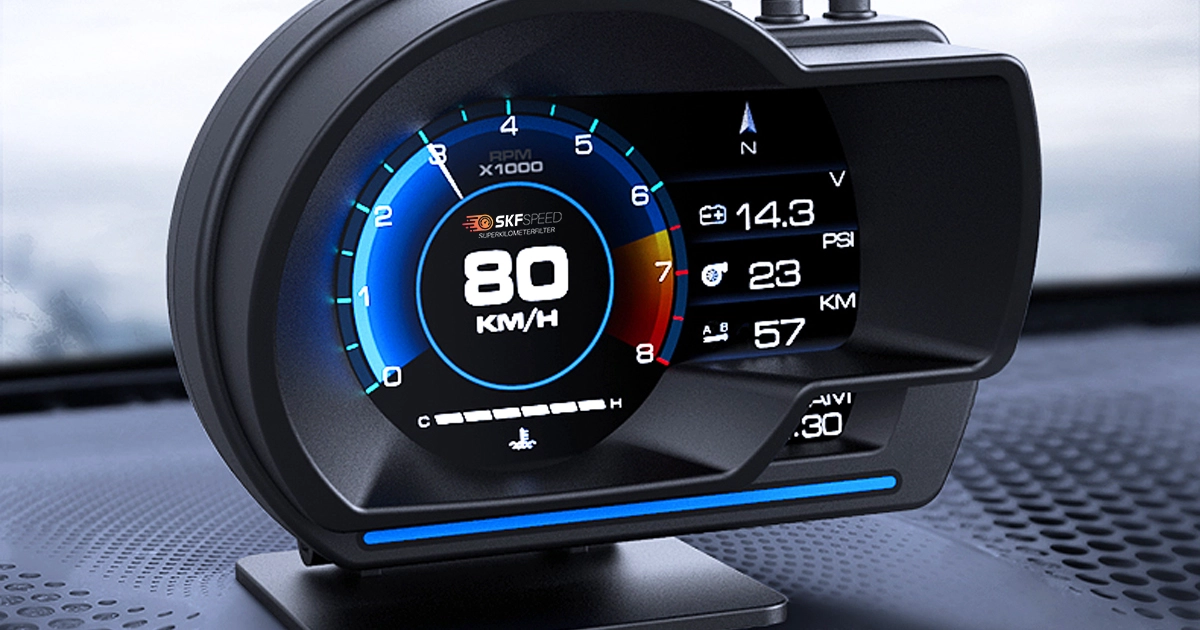
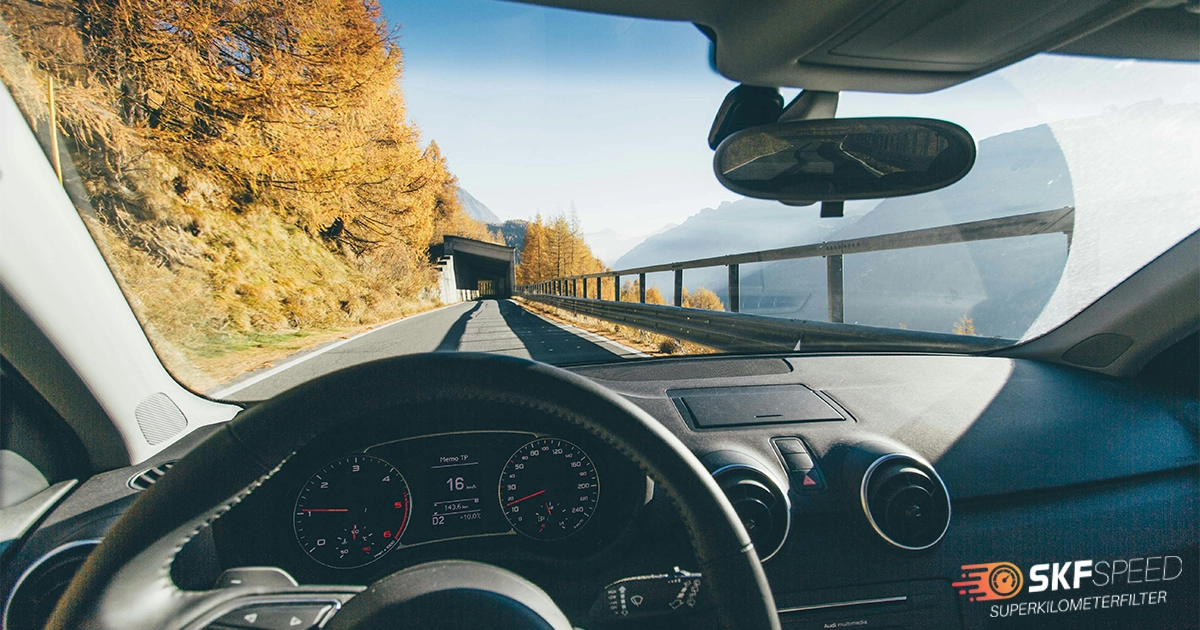
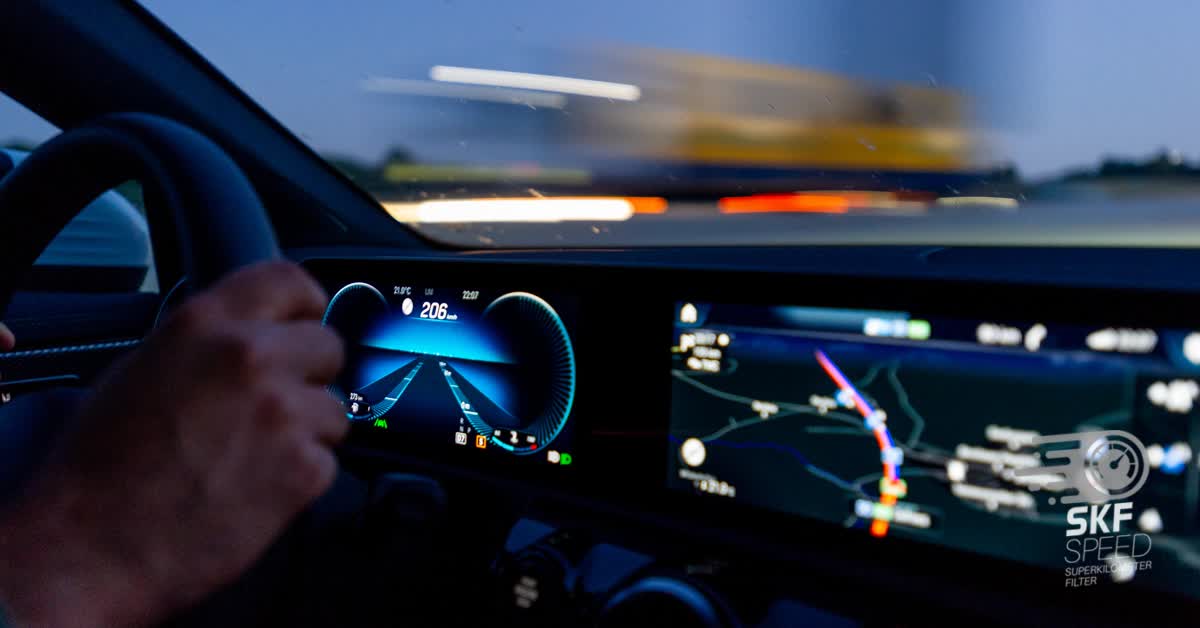

Here you will find all the details about our company
Here you will find shipping and return related information
Here you will find information on all technical questions
Here you will find helpful information about installation